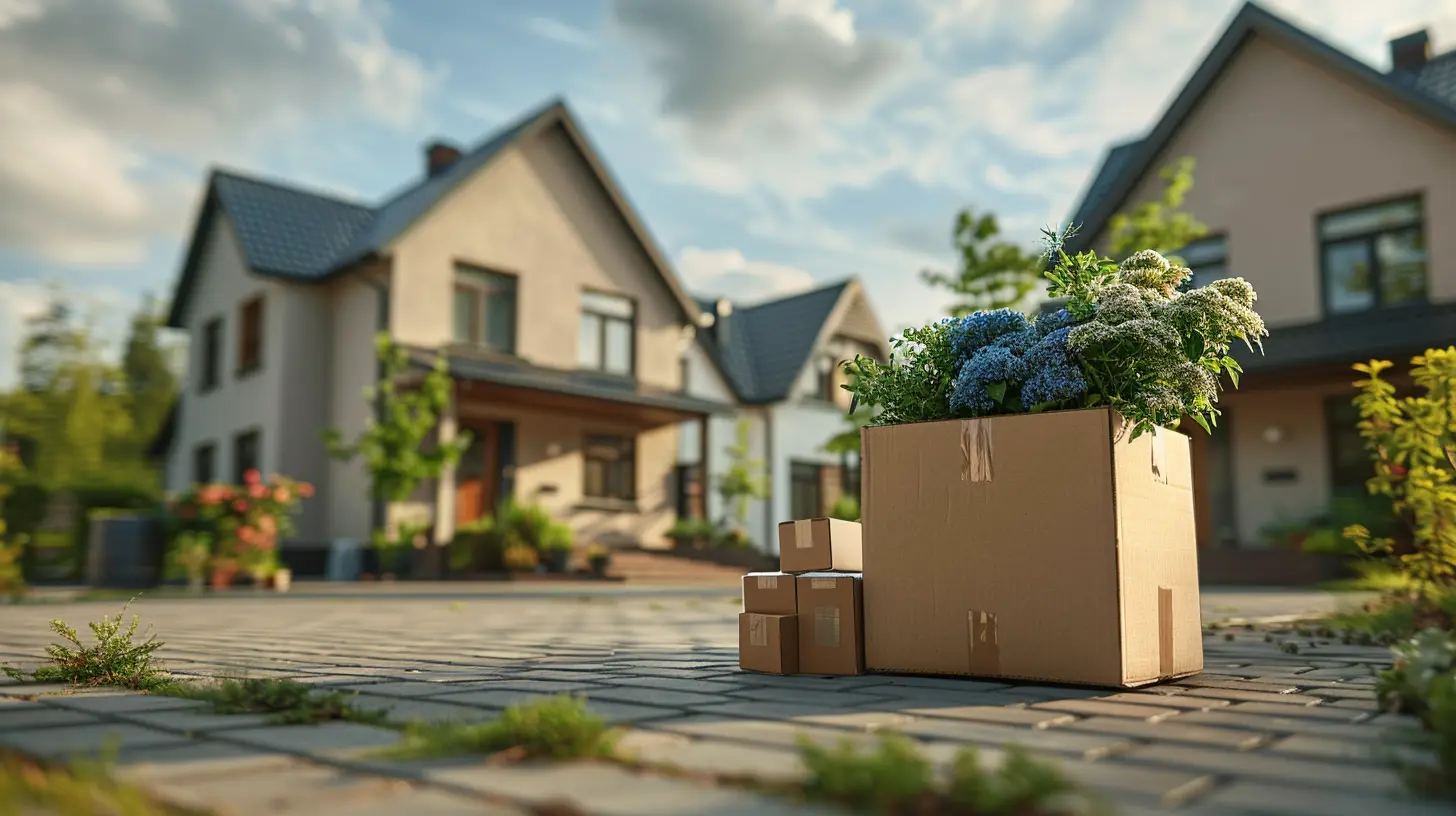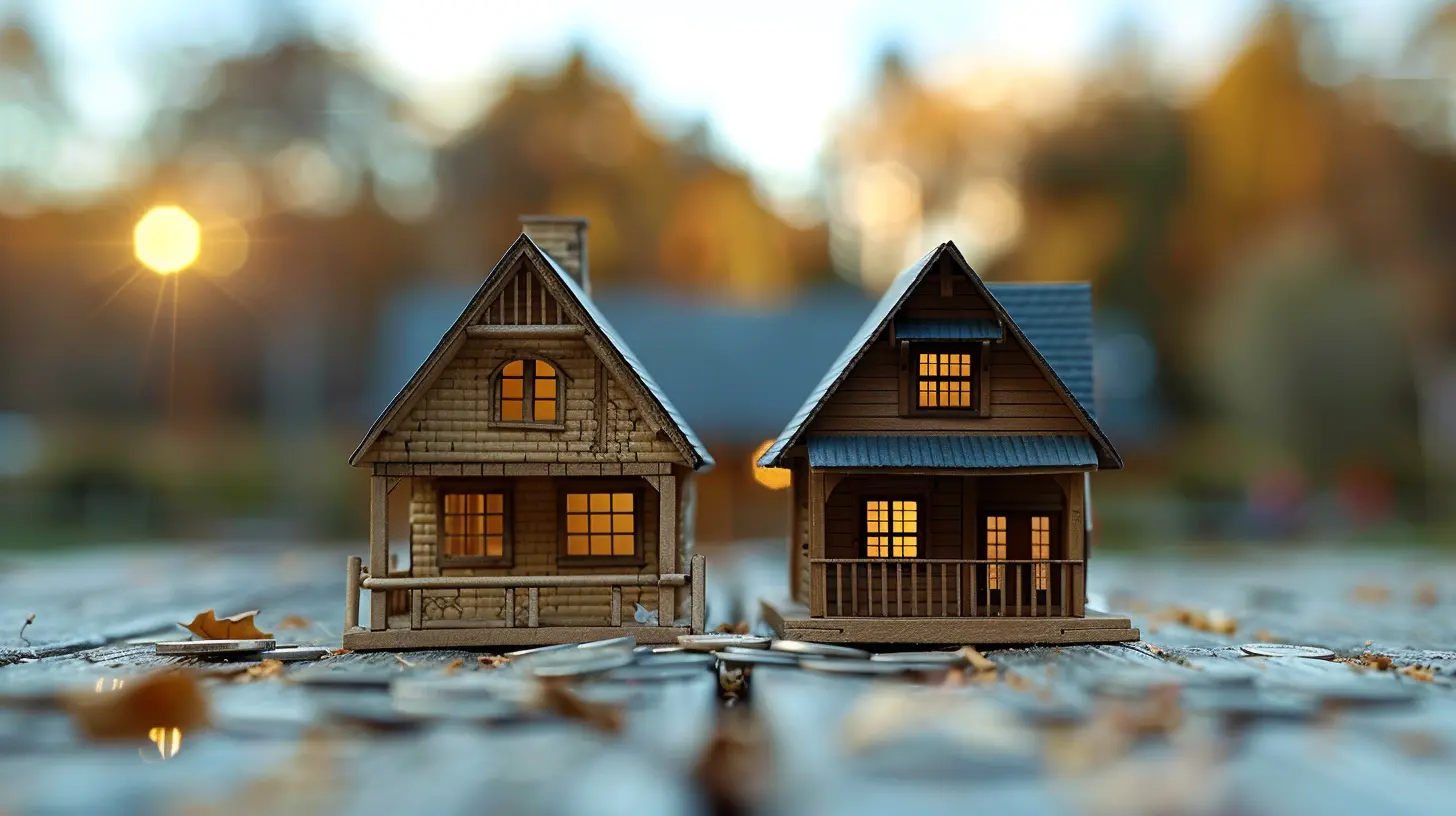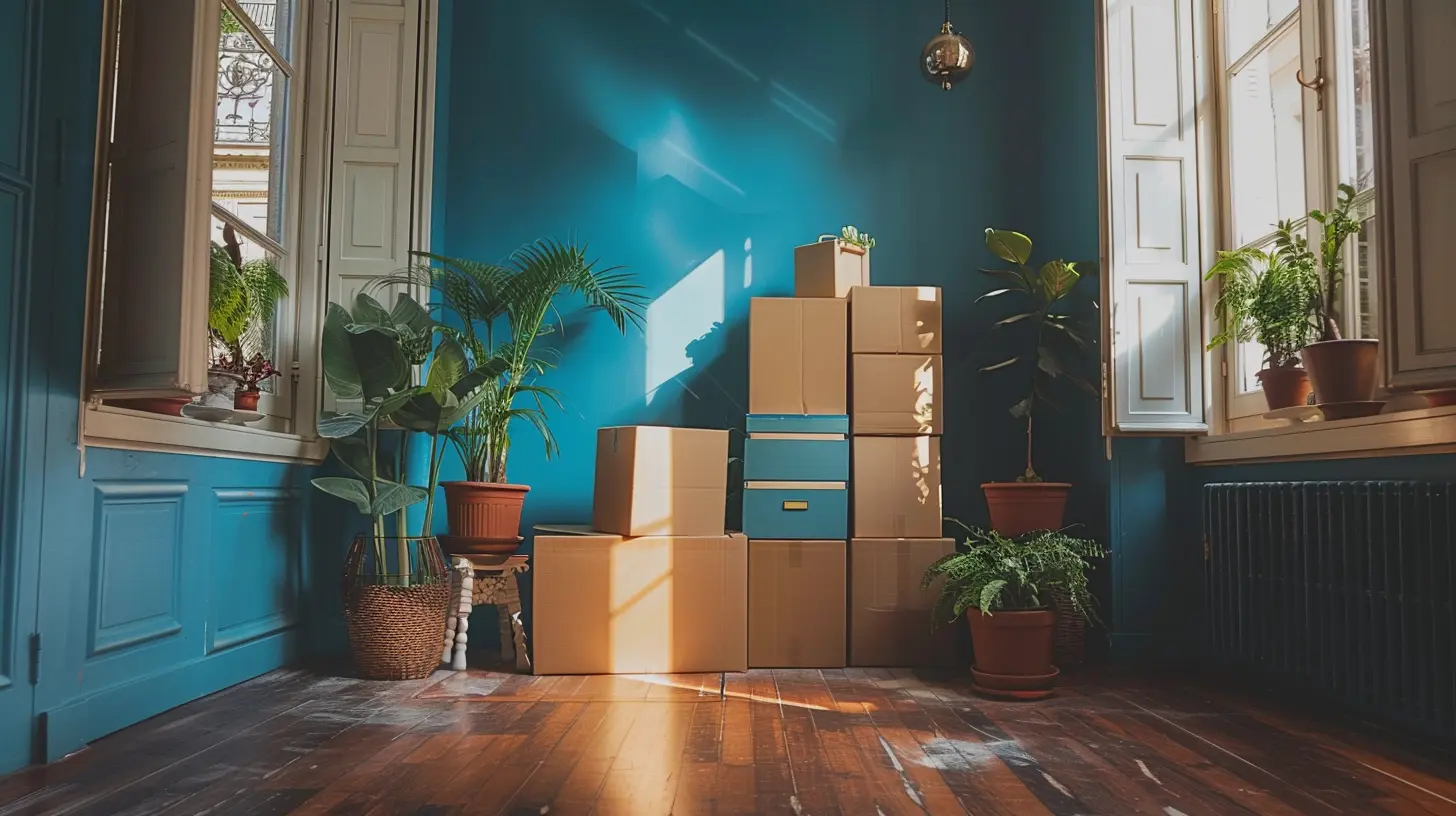Downsizing After a Divorce: How to Start Fresh in a New Home
9 July 2025
Divorce is never easy. It brings a whirlwind of emotions, life changes, and tough decisions. One of the biggest challenges? Moving out and downsizing. Transitioning to a smaller home after a divorce isn’t just about moving furniture—it's about starting over. But where do you begin?
If you're feeling overwhelmed, take a deep breath. This guide will walk you through everything you need to know about downsizing after a divorce and how to make your new home truly yours. 
Why Downsizing After a Divorce Makes Sense
After a divorce, downsizing isn't just practical; it's often necessary. Here's why:- Financial Stability – Divorce can be financially draining. A smaller home usually means lower mortgage payments, property taxes, and utility bills.
- Easier Maintenance – Managing a large home alone can be exhausting. Downsizing gives you a fresh start with less upkeep.
- Emotional Reset – A new home means a new beginning. Leaving behind shared spaces and memories can be a healthy step forward.
- More Freedom – Less space means fewer responsibilities, allowing you to focus on rebuilding your life. 
Step 1: Assess Your Needs and Lifestyle
Before jumping into house-hunting mode, take a step back. What do you really need in your new home?Ask yourself:
- How much space do I truly need?
- What’s my budget now that I’m living on one income?
- Do I want to stay close to my old neighborhood, or do I need a fresh start elsewhere?
- How much storage do I need?
- Do I need extra rooms for kids or guests?
Remember, downsizing shouldn't feel like a downgrade—it should feel like a smart, strategic move that fits your new lifestyle. 
Step 2: Declutter and Let Go
One of the hardest parts of downsizing is parting with your stuff. If your old home was filled with years of shared memories, decluttering could feel emotional. But it’s a crucial step.How to Let Go of Clutter Without Regret
1. Use the 12-month rule – If you haven't used it in the past year, it's time to let it go.2. Separate “need” from “sentiment” – It’s okay to keep a few sentimental items, but don’t let emotions dictate your storage needs.
3. Sell, donate, or toss – Make three piles: things to sell, items to donate, and junk to trash.
4. Digitize memories – Instead of keeping boxes of old photos or papers, scan them into digital copies.
5. Start small – Tackle one room at a time to avoid feeling overwhelmed.
Letting go of unnecessary items is like shedding old baggage. It’s tough but refreshing. 
Step 3: Find the Right Home for Your New Beginning
Once you've decluttered, it’s time to find your perfect home. Whether you're renting an apartment or buying a smaller house, consider these factors:Location Matters
- Do you want to stay close to family and friends?- Is this a fresh start that requires a completely new environment?
- What about proximity to work, schools, or public transportation?
Size and Functionality Over Impressiveness
- A smaller home doesn’t mean compromising comfort—just choosing wisely.- Opt for multi-functional spaces (e.g., a sofa bed for guests instead of an extra bedroom).
- Prioritize storage solutions like built-in shelves and under-bed compartments.
Budget Wisely
Downsizing should relieve financial stress, not add to it.- Factor in all costs: rent/mortgage, utilities, HOA fees (if applicable), and maintenance.
- Avoid stretching your budget too thin just for a bigger or fancier place.
- Consider renting first if you're unsure about buying right away.
Step 4: Make Your New House Feel Like Home
Moving into a new place can feel lonely at first. After all, your old home was filled with memories. But a new space is a blank canvas for you to create a fresh, comforting environment.Quick Tips to Make Your Place Feel Like Home
1. Add personal touches – Hang up photos, artwork, or meaningful decorations.2. Choose cozy furnishings – Invest in a comfy sofa, soft bedding, and warm lighting.
3. Incorporate calming colors – Blues and earth tones create a relaxing atmosphere.
4. Bring in greenery – Plants help liven up a space and boost mood.
5. Create a new routine – Set new habits and routines that make living alone feel natural.
Your home should be a safe space where you can heal, grow, and embrace your new chapter.
Step 5: Adjusting Emotionally to a Smaller Space
It’s not just about physical downsizing—it’s about adjusting emotionally, too. Transitioning to a smaller home after a divorce can bring a mix of emotions.How to Cope With the Emotional Shift
- Acknowledge the grief – Moving out of your old space means letting go of past memories. It’s okay to feel sad.- Look at the positives – Less cleaning, lower costs, and the freedom to decorate however you want.
- Create new memories – Invite friends over, have cozy nights in, and make this space your sanctuary.
- Seek support – Talk to a trusted friend, family member, or therapist if the transition feels overwhelming.
Remember, change is tough at first, but over time, your new space will feel like home.
Step 6: Embrace Your New Lifestyle
Downsizing after a divorce isn’t just about the home—it’s about your new way of life. With less space, you’ll find yourself more intentional about how you live.Benefits of Downsizing Beyond Just Saving Money
- Less time spent cleaning and organizing.- More time to focus on hobbies, work, and personal growth.
- A simpler, clutter-free environment for mental clarity.
- A chance to redefine yourself in a space that’s entirely your own.
Divorce is an ending, but it’s also a beginning. Downsizing allows you to shed the past and step forward into an exciting new chapter of independence and possibilities.
Final Thoughts
Downsizing after a divorce is a journey—one that starts with tough decisions but leads to newfound freedom. While it may feel overwhelming at first, take it one step at a time. Define what you need, let go of clutter, find the right space, and make it your own. Before you know it, your new home will feel like the fresh start you deserve.You’re not just moving into a smaller space—you’re stepping into a bigger, brighter future. And that’s something to look forward to.
all images in this post were generated using AI tools
Category:
DownsizingAuthor:

Lydia Hodge
Discussion
rate this article
2 comments
Melina Baker
Insightful tips for a fresh start!
October 31, 2025 at 1:14 PM

Lydia Hodge
Thank you! I'm glad you found the tips helpful for your fresh start.
Heidi McClary
Oh, because who wouldn't want to trade their cozy memories for a shoebox in a trendy neighborhood? Nothing screams "fresh start" like squeezing your life into a space barely big enough for your houseplant and that sad, single chair!
July 17, 2025 at 4:45 AM

Lydia Hodge
I understand your frustration! Downsizing can feel limiting, but it often opens doors to new opportunities and experiences. A fresh start can be more about the memories we create rather than the space we inhabit.


